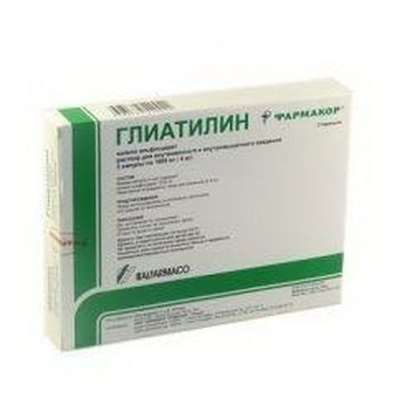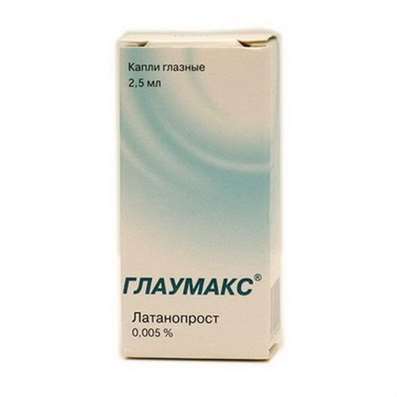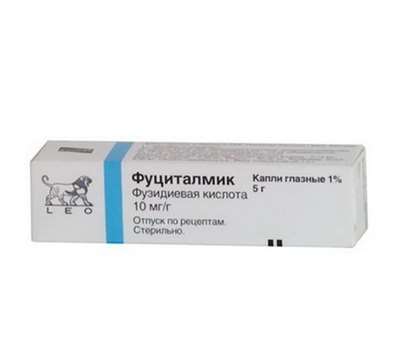Instruction for use: Tremonorm
I want this, give me price
Dosage form: tablets
Active substance: Levodopa + Carbidopa*
ATX
N04BA02 Levodopa and a decarboxylase inhibitor
Pharmacological groups:
Dopaminomimetics in combination
Antiparkinsonics in combination
The nosological classification (ICD-10)
G20 Parkinson's disease: A trembling paralysis; Idiopathic Parkinsonism; Parkinson's disease; Symptomatic Parkinsonism
G21 Secondary Parkinsonism: Medicinal Parkinsonism; Parkinsonism; Parkinsonism symptomatic; Disorders of extrapyramidal system; Parkinson's Syndrome
G22 Parkinsonism in diseases classified elsewhere
Composition and release form
Tablets - 1 table.
Carbidopa 25 mg
Levodopa 250 mg
Auxiliary substances: pregelatinized starch; Dye AB @ C blue N 2 Lake 12%; Starch, MCC; Magnesium stearate
In the blister 10 pcs .; In a pack of cardboard 5 or 10 blisters or in polyethylene bottles of 100 pcs .; In a pack of cardboard 1 bottle.
Characteristic
Levodopa is a metabolic precursor of dopamine, in contrast to it passes through the BBB; Carbidopa - an inhibitor of decarboxylase aromatic amino acids.
The combination of levodopa and carbidopa can increase the amount of levodopa entering the brain.
Pharmachologic effect
Mode of action - antiparkinsonian, dopaminomimetic.
Levodopa passes through the BBB and turns into dopamine in the basal ganglia.
Carbidopa inhibits the decarboxylation process of levodopa in peripheral tissues and does not pass through the BBB and does not affect the conversion of levodopa to dopamine in the central nervous system.
Pharmacokinetics
After intake of Levodopa rapidly absorbed from the digestive tract, the absorption is 20-30% of the dose, Cmax is achieved after 2-3 hours. Absorption depends on the rate of evacuation of the contents of the stomach and the pH in it. The presence of food slows down absorption, some food amino acids can compete with levodopa for absorption from the intestine and transport through the BBB. In large quantities is contained in the small intestine, liver, kidneys, only 1-3% penetrates the brain. T1 / 2 - 3 hours Metabolized in all tissues, mainly by decarboxylation, with the formation of dopamine, which does not penetrate the BBB. The main metabolites are dopamine, norepinephrine, epinephrine. About 75% is excreted by the kidneys in the form of metabolites for 8 hours, the rest - through the intestine for 7 hours.
Indications for the Tremonorm
Parkinson's disease, Parkinson's syndrome (postencephalitic, symptomatic with carbon monoxide and manganese intoxication).
Contraindications
Hypersensitivity, occlusive glaucoma, mental disorders, hepatic and / or renal insufficiency, heart failure, pulmonary heart, leukopenia and other blood diseases, depression, skin diseases of unknown etiology, melanoma and suspicion of it, endocrine diseases, pregnancy, breastfeeding, children's age Up to 12 years (no studies have been conducted to determine safety and efficacy in children).
Side effects
At the beginning of treatment - nausea, vomiting, anorexia, epigastric pain, dysphagia, ulcerogenic effect (in predisposed patients); In some cases - violations of the heart rhythm, orthostatic hypotension.
In the course of further treatment - spontaneous movements, hemolytic anemia, leukopenia, thrombocytopenia, mental disorders, insomnia, increased excitability, depression, tachycardia, constipation, dyskinesia, hyperkinesia, weight gain.
Interaction
With simultaneous use with beta-adrenomimetics, suksametonium iodide and means for inhalation anesthesia, an increased risk of cardiac rhythm disturbances is possible; With tricyclic antidepressants - reduced bioavailability of levodopa; diazepam, clonazepam, phenytoin, clonidine, m-holinoblokatorami, neuroleptics (butyrophenone derivatives, difenilbutilpiperidina, thioxanthene, phenothiazine), pyridoxine, papaverine, reserpine - possibly weakening antiparkinsonian action; With lithium preparations - increased risk of dyskinesias and hallucinations; With methyldopa - aggravation of side effects; With MAO inhibitors (with the exception of MAO-B inhibitors) - circulatory disorders.
In patients receiving levodopa, the use of tubocurarine raises the risk of developing arterial hypotension.
Dosing and Administration
Inside, in order to achieve the optimal therapeutic blood concentration and elimination of side effects of the drug, the dose selected individually (especially important for elderly patients and patients taking other drugs).
The initial dose is 1 tablet. (25/250 mg) 3 times a day, then increase the dose by 1 table. Every 2-3 days until the optimal effect is achieved, which is usually observed at a dose of 3-6 tablets. (By 25/250 mg) / day. The maximum daily dose is 200 mg of carbidopa and 2 g of levodopa (8 tablets of 25/250 mg)
When transferring the patient with the drug levodopa average duration of action for a combination of levodopa with carbidopa taking this medication should be discontinued for at least 8 hours before use, and in the case of long-acting formulations of levodopa - a minimum of 12 hours.
A distinct therapeutic effect develops after 7 days of continuous administration. With the development of seizures and blepharospasm, a dose reduction is necessary.
Elderly patients are usually more sensitive to the usual (not the maximum) dose of the drug.
Overdose
Symptoms: nausea, vomiting, insomnia, increased excitability, hyperkinesia, etc.
Treatment: there is no specific antidote. First aid consists in washing the stomach, taking activated charcoal. If necessary, conduct symptomatic therapy. The effectiveness of hemodialysis for the treatment of overdose is not established.
Precautionary measures
Designate caution when expressed generally atherosclerosis, hypertension, myocardial infarction with rhythm disorders (history), bronchial asthma, lung diseases, convulsive syndrome (history), erosive-ulcerous lesions of the gastrointestinal tract.
During treatment, it is necessary to monitor mental status, pictures of peripheral blood, liver, kidney function and cardiovascular system.
Sometimes a positive direct test of Coombs is observed, usually without signs of hemolysis, although in some cases development of autoimmune hemolytic anemia is noted.
It is necessary to avoid activities that require a high concentration of attention and speed of psychomotor reactions.
The drug may discolour the urine.
Special instructions
MAO inhibitors should be discontinued 2 weeks prior to the start of treatment (due to the accumulation of dopamine and norepinephrine and a high probability of excitation, improvement of blood pressure, tachycardia, facial flushing and dizziness).
Not allowed sudden stopping (at sharp cancellation possible development of symptoms resembling neuroleptic malignant syndrome, including muscular rigidity, fever, mental disorders and elevated levels of creatine phosphokinase in serum).
The drug is not prescribed for elimination of extrapyramidal reactions caused by drugs.
Manufacturer
Teva Pharmaceutical Enterprises Ltd., Israel.
Storage conditions of the drug Tremonorm
In the dark place at a temperature of 15-30 ° C.
Keep out of the reach of children.
Shelf life of the drug Tremonorm
Tablets 250 mg + 25 mg - 4 years.
Tablets 250 mg + 25 mg 250 mg + 25 - 3 years.
Do not use after the expiry date printed on the package.

 Cart
Cart





